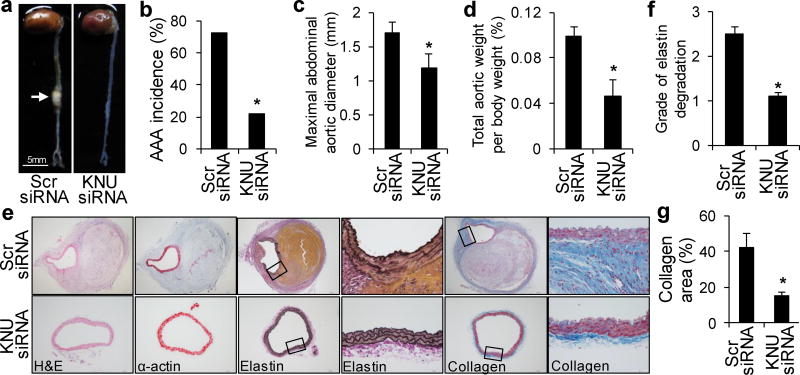Figure 7. KNU knockdown mitigates AngII-induced AAA formation in Apoe−/− mice.
After transfection with scrambled (Scr) siRNA or KNU siRNA, Apoe−/− mice were infused with AngII (1000 ng/min per kg) for 4 weeks. (a) Representative photographs showing the macroscopic features of AngII-induced aneurysms. The arrow indicates typical AAA. (b–d) The incidence of AngII-induced AAA (b), maximal abdominal aortic diameter (c), and total aortic weight (d) in mice with the indicated siRNA transfections after AngII infusion. (e) Representative staining with H&E, α-actin, Van Gieson’s, and Masson’s Trichrome stain in the suprarenal aortas of mice with the indicated siRNA transfections after AngII infusion. (f, g) Grade of elastin degradation (f) and collagen deposition (g) in the aortic wall of mice with the indicated siRNA transfections after AngII infusion. *P<0.01 vs. scrambled siRNA-transfected Apoe−/− mice. n=10–12 in each group. P values were obtained by a Fisher’sExact test in b and by a ttest in c, d, f, and g. The error bars in c, d, f, and g are s.e.m.

